Have you ever heard of a star-delta starter circuit? If not, don’t worry, you’re not alone. In fact, most people have never heard of it. But if you’re an electrical engineer or someone who works with electrical circuits, then you’ll definitely want to know what a star-delta starter circuit is.
In this blog post, we will discuss the basics of star delta starter circuits, including how they work and some of their benefits.
What is Star Delta Starter Circuit?
A star delta starter circuit is a type of electrical starting system that is commonly used in industrial and commercial applications. It is used to start electric motors by providing a reduced voltage to the motor [1].
In addition to starting electric motors, a star-delta starter circuit can also be used to provide a reduced voltage to other types of loads, such as fans, pumps and compressors.
The most common type of star delta starter circuit is the three-phase star delta starter. It is connected to the motor through a set of contactors.
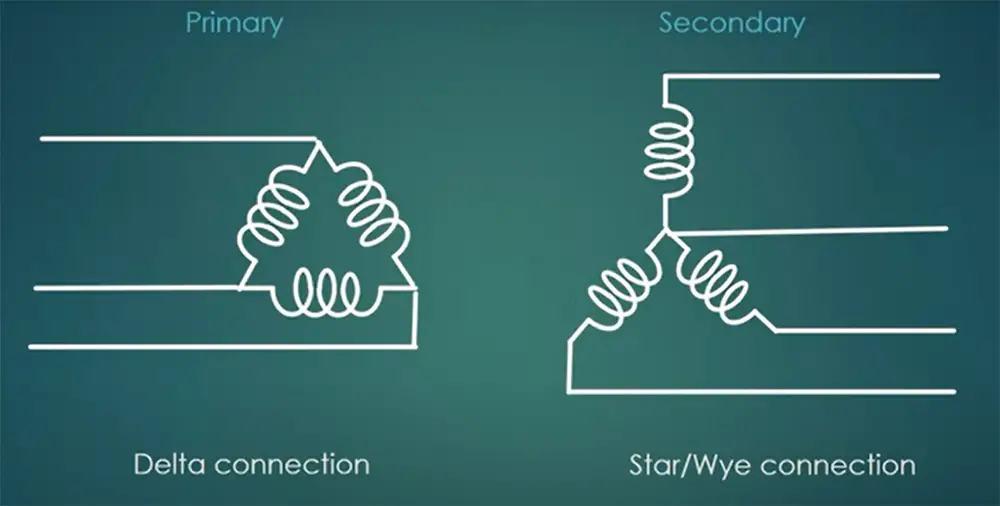
If you are looking for an electrical starting system for your application, the star delta starter circuit is a good option to consider.
Advantages and Disadvantages of Star Delta Starter Circuit
Pros:
These starters are popular because they provide a number of advantages over other types of starters.
- The main pro is that they reduce the inrush current during start-up. This is because the motor winding resistance is lower in the delta connection than when the motor is connected directly to the power supply in the star connection. As a result, the starting torque is also reduced, which can be an advantage in some applications.
- One of the great things about star-delta starters is that you can use them with a wide range of motors and sizes. For example, they can be used with both induction and synchronous motors.
- They are also relatively simple to construct and operate, which makes them a cost-effective option for many applications. This means that they can be used in a wide range of industries, from domestic to industrial.
- One advantage of using a star-delta starter is that it can help extend the life of your motor. By starting the motor in star mode, you are applying less stress to the motor than if you were t to start it in delta mode. This can help to prolong the life of your motor, as well as improve its efficiency.
- Finally, star-delta starters can be used with either three-phase or single-phase power supplies. This makes them a versatile option for many different types of applications.
Cons:
These starters are not without cons too, however.
- It requires more maintenance – The reason for it is that the star-delta starter uses a lot of contacts. These contacts can wear out over time, and they need to be replaced.
- It can cause problems with the motor – The star-delta starter can cause problems with the motor, such as vibration and noise. This is because the star connection has a lower impedance than the delta connection.
- It is not suitable for all applications – The star-delta starter is not suitable for all applications. For example, it is not suitable for use with pumps and fans.
- It is not as reliable as other methods – The star-delta starter is not as reliable as the soft start or the variable speed drive. This is because it uses a lot of contacts, which can wear out over time.
Where is a Star Delta Starter usually used?
There are a lot of industrial applications that would use a star-delta starter. One example is when you have a three-phase induction motor that is started frequently throughout the day.
Another common application is with compressors, pumps, and fans. If any of these pieces of equipment are started and stopped often during the course of a day, then these starters are a good option.
The last place you might see a star-delta starter is in a machine that has a high inrush current. This could be something like a furnace or an oven. If the motor for one of these pieces of equipment needs to have a high starting torque, then a star-delta starter can provide that.
How does it work?
A star-delta starter is basically a way to reduce the amount of inrush current when starting a three-phase motor. In other words, it’s a way to make sure that the motor doesn’t draw too much current when it’s first turned on.
The way it does this is by starting the motor in what’s called the “star” configuration. In this configuration, the three-phase windings are connected together in a star pattern.
Once the motor is up and running, the star delta starter will then switch the winding configuration to what’s called the “delta” configuration. In this configuration, the windings are connected in a delta pattern.
This allows the motor to run at full power.
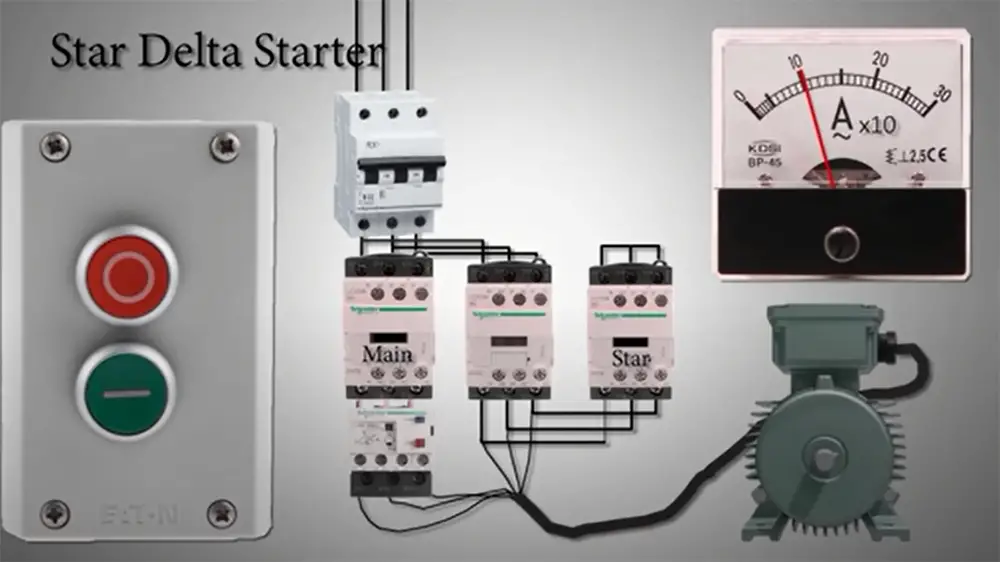
The star-delta starter will then switch back to the star configuration when it’s time to turn the motor off. This helps to reduce the amount of current that flows through the motor when it’s turned off, which can help to prevent damage to the motor.
So that’s a basic overview of how star-delta starters work.
Open transition star-delta starting
This design uses a three-phase contactor to connect the motor windings in either the star or delta configuration. A timer is used to delay the application of voltage to the delta winding, which reduces the inrush current during starting.
The main advantage of this type of starter is its low cost. Moreover, it is simple to wire and does not require a maintenance switch.
However, the main disadvantage is that it does not provide any protection against phase loss or unbalanced voltage conditions.
In addition, the open transition design can cause a momentary power interruption to connected loads when the contactor switches between the star and delta configurations.
Closed transition star-delta starting
This type is a more sophisticated design that uses two three-phase contractors too.
This type of starter does not require a timer. In addition, the closed transition design eliminates the power interruption that is caused by the switching of the contactors in the open transition starter.
However, the closed transition starter is more expensive than the open transition starter.
It is also more difficult to wire, and it requires a maintenance switch.
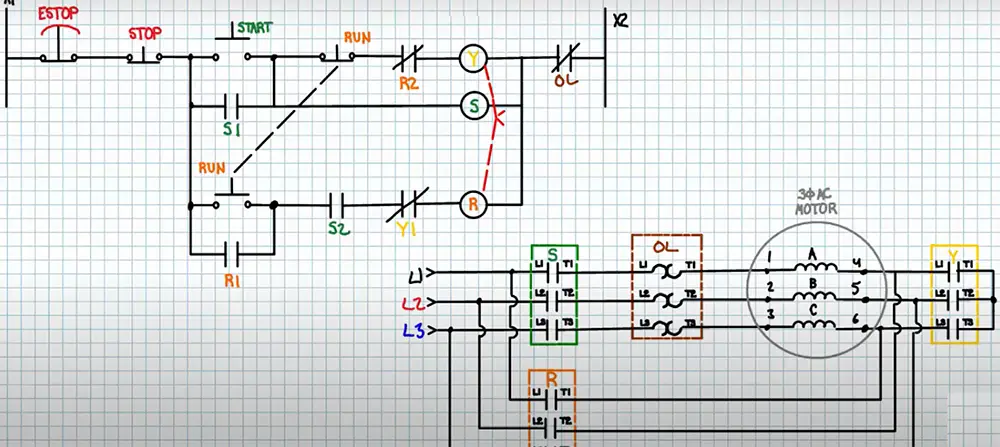
For this reason, it is often used in mission-critical applications where downtime must be minimized.
Parts of a star-delta starter
There are three main parts to a star-delta starter: the motor, the contactor, and the overload relay.
- The motor is the part of the starter that actually turns the engine over. It is usually a three-phase induction motor. Actually, any type of motor can be used, but three-phase induction motors are the most common.
- The contactor is the part of the starter that controls the flow of electricity to the motor. It is usually a heavy-duty switch that can handle large amounts of current. Moreover, the contactor must be able to switch the current on and off quickly.
- The overload relay is the part of the starter that protects the motor from damage due to overloading. It is a thermal or electronic device that trips when the current flowing through it exceeds a certain level.
When all three of these parts are put together, they form a star-delta starter.
However, there are other parts that are sometimes included in a star-delta starter.
- For example, a timer is often used to delay the energizing of the delta winding. This prevents the motor from starting under full load, which could damage it.
- In addition, a push-button is sometimes used to manually switch the starter on and off.
- A pilot light is another common feature. It indicates whether or not the starter is energized.
- Last but not least, a reversing contactor can be used to reverse the direction of rotation of the motor.
All of these features are optional, and it is up to the designer of the starter to decide which ones to include.
Tips
There are a few things to keep in mind when using a star-delta starter circuit.
First, make sure that the voltage and current rating of the contactor is appropriate for the application.
Second, be aware of the inrush current when the motor starts up. This can cause problems if the contactor is not sized properly.
Lastly, make sure that the star-delta starter is properly wired and that all connections are tight.
If you follow these tips, you should be able to use a star-delta starter circuit without any problems.
Star Delta Starter Circuit – Comparison Table
The Star Delta Starter Circuit is a common method used to start induction motors. It provides a way to reduce the starting current and torque surge during motor startup, which helps protect the motor and connected equipment. This table compares various indicators of the Star Delta Starter Circuit to understand its advantages and limitations.
| Indicator | Direct-On-Line (DOL) Starter | Star Delta Starter |
|---|---|---|
| Starting Current | High | Reduced |
| Starting Torque | High | Reduced |
| Starter Cost | Low | Moderate |
| Motor Voltage | Full | Reduced |
| Motor Current | Full | Reduced (in Star), Full (in Delta) |
| Motor Starting Method | Direct | Transition from Star to Delta |
| Application | Small Motors | Large Motors |
| Protection | Basic | Enhanced |
Explanation:
Starting Current: The Star Delta Starter Circuit reduces the starting current compared to the Direct-On-Line (DOL) starter. This reduction in starting current helps prevent excessive stress on the motor and connected equipment during startup.
Starting Torque: Similarly, the starting torque is also reduced in the Star Delta Starter Circuit, which results in a smoother and controlled start for the motor. In contrast, the DOL starter provides higher starting torque, which can lead to sudden and jerky starts.
Starter Cost: The DOL starter is generally more economical than the Star Delta Starter in terms of initial investment.
Motor Voltage: With the Star Delta Starter Circuit, the motor is started at a reduced voltage during the star configuration, which is further increased during the delta configuration. In contrast, the DOL starter provides full voltage directly to the motor during startup.
Motor Current: The Star Delta Starter Circuit reduces the motor current during the star configuration, and once it transitions to the delta configuration, the motor current becomes the same as in a DOL starter.
Motor Starting Method: The DOL starter starts the motor directly at full voltage, while the Star Delta Starter first starts the motor in star configuration with reduced voltage and then transitions to delta configuration with full voltage.
Application: DOL starters are suitable for small motors where the high starting current and torque surge are manageable. On the other hand, the Star Delta Starter is preferred for large motors to protect the system during startup.
Protection: The Star Delta Starter offers enhanced protection during startup, reducing stress on the motor windings and mechanical components compared to the basic protection provided by the DOL starter.
FAQ
What is the difference between a star-delta and a DOL starter?
- A star-delta starter will initially connect the motor to the power supply in a star configuration. This means that only two of the three phases are connected, resulting in a lower current flowing through the motor. Once the motor has reached a certain speed, the starter will then switch the connection to a delta configuration.
- A DOL starter, on the other hand, will always maintain a delta configuration. This means that all three phases are connected from the start, resulting in a higher current flowing through the motor. However, this also means that the DOL starter is more likely to cause damage to the motor if it is not used correctly.
Is star-delta a soft starter?
Yes, star-delta is a type of soft starter. A soft starter is a device that is used to slowly ramp up the voltage and current to a motor. This reduces the amount of stress on the motor, which can prolong its lifespan.
Where starters are usually used?
Starters are typically used in applications where the motor needs to be started and stopped frequently. This could be something like a conveyor belt or a pump. Starters can also be used in applications where the load on the motor is high, such as a crusher or mixer.
What is a Star Delta Starter Circuit?
A Star Delta Starter Circuit is an electrical control circuit used to start and control induction motors, particularly in applications where the motor’s starting current needs to be reduced to avoid excessive power surges. It is commonly employed in industrial settings for larger motors, typically above 5 horsepower.
How does a Star Delta Starter Circuit work?
The Star Delta Starter Circuit works in two stages: the Star Configuration and the Delta Configuration. During the starting process, the motor is first connected in a “Star” formation, where each motor phase is connected to a common point or neutral. This reduces the voltage applied to the motor windings, leading to a lower starting current. Once the motor gains sufficient speed and reaches a predetermined time or set RPM, it switches to the “Delta” configuration, where the motor phases are reconnected in a triangular or delta shape, allowing the motor to run at its full speed and torque.
What are the advantages of using a Star Delta Starter?
The Star Delta Starter offers several advantages, including:
– Reduced starting current: By initially connecting the motor in a star configuration, the starting current is significantly reduced, which helps prevent damage to the motor and minimizes power supply disturbances.
– Lower torque transients: The gradual transition from star to delta configuration reduces mechanical stresses on the motor and the connected mechanical system.
– Cost-effective solution: Compared to other soft starters or variable frequency drives, the star delta starter is a more economical option for reducing the starting current of induction motors.
What types of motors can be used with a Star Delta Starter Circuit?
The Star Delta Starter Circuit is most suitable for three-phase induction motors, particularly those used in applications where high starting currents are problematic. It is commonly used in various industrial sectors such as manufacturing, mining, water treatment, and more.
Can a Star Delta Starter be used for speed control of motors?
No, a Star Delta Starter Circuit is not designed for speed control. Its primary function is to reduce the starting current of an induction motor. For speed control, other methods like Variable Frequency Drives (VFDs) or electronic soft starters should be used.
What are the main components of a Star Delta Starter?
A typical Star Delta Starter Circuit consists of the following main components:
– Contactor: Used to switch between the star and delta configurations of the motor winding.
– Timer: Controls the transition time between the star and delta configurations, ensuring a smooth changeover.
– Overload Relays: Protect the motor from excessive currents during both starting and running conditions.
– Control Circuit: Includes the necessary switches, relays, and wiring to control the entire starter operation.
Is it possible to reverse the direction of the motor using a Star Delta Starter?
Yes, the direction of the motor rotation can be reversed using a Star Delta Starter Circuit. This is achieved by interchanging any two of the three motor phases within the starter’s control circuit.
Why are Star Delta Starters being replaced by modern soft starters or VFDs?
While Star Delta Starters have been widely used for many years, they are gradually being replaced by modern soft starters and Variable Frequency Drives (VFDs). The main reasons for this shift include:
– Better energy efficiency: Soft starters and VFDs offer smoother control, reducing energy consumption during motor operation.
– Enhanced motor protection: Modern starters provide more advanced motor protection features, prolonging the motor’s lifespan.
– Precise speed control: Unlike Star Delta Starters, VFDs allow precise and variable speed control, making them ideal for applications with changing load demands.
Useful Video: Star Delta Starter Explained – Working Principle
Final Thoughts
Overall, the star delta starter circuit is a great way to get your motor started. It’s simple to set up and can be done in just a few minutes. Plus, it’s relatively inexpensive and easy to find the parts you need.
If you’re looking for an easy way to get your motor started, the star delta starter circuit is definitely worth considering.
I hope this article has helped you understand what the star delta starter circuit is and how it works. Thanks for reading!
P.S. If you found this article helpful, please consider sharing it with others who might benefit from it. Thanks!
References:
- https://engineerfix.com/star-delta-starter-circuit-y-%CE%B4-how-to-wire-pros-and-cons/



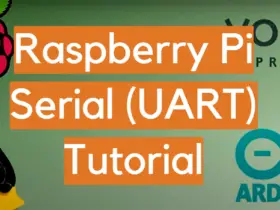
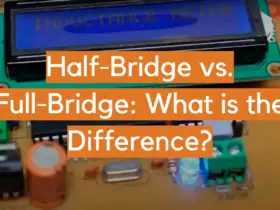
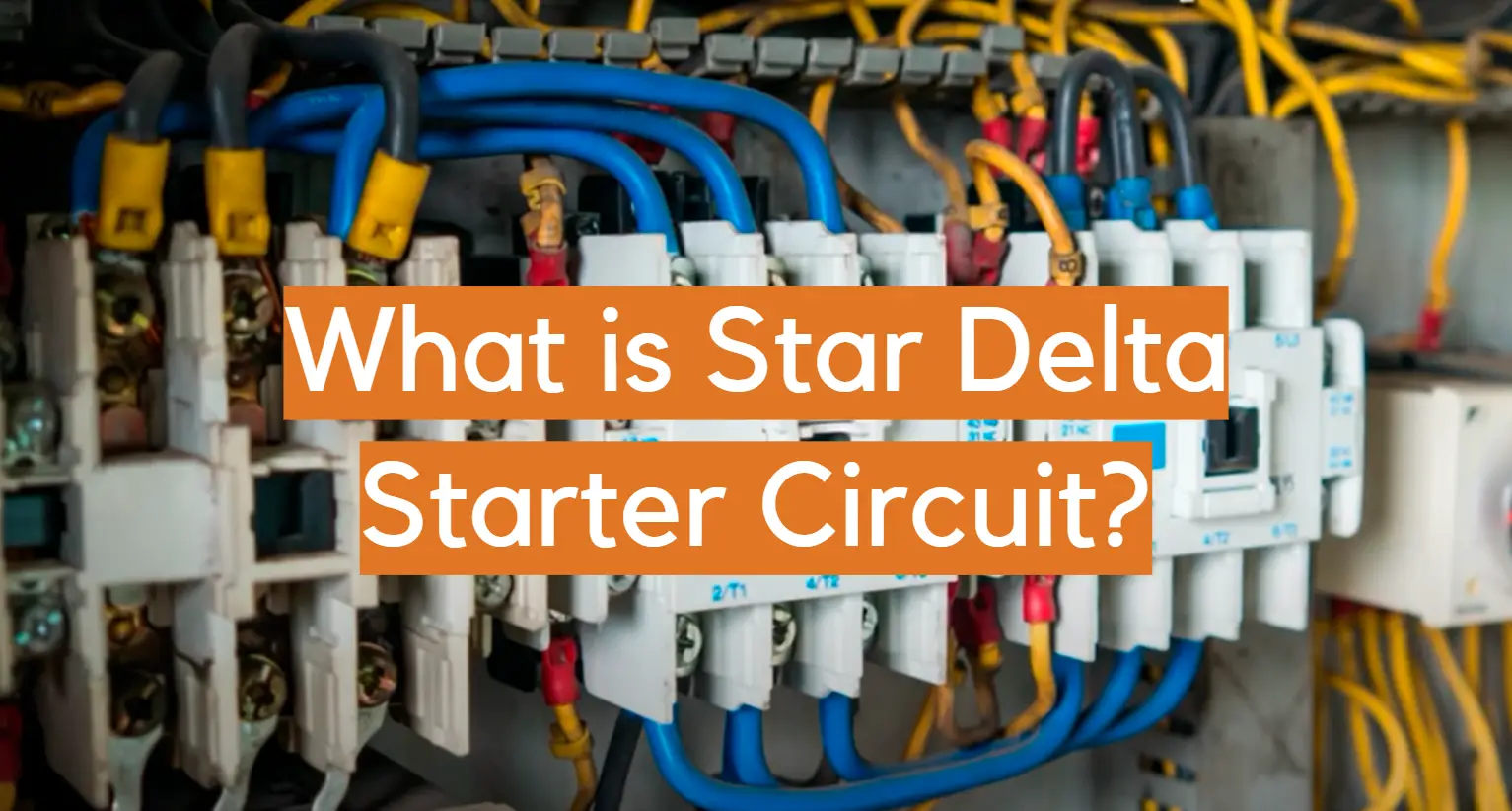
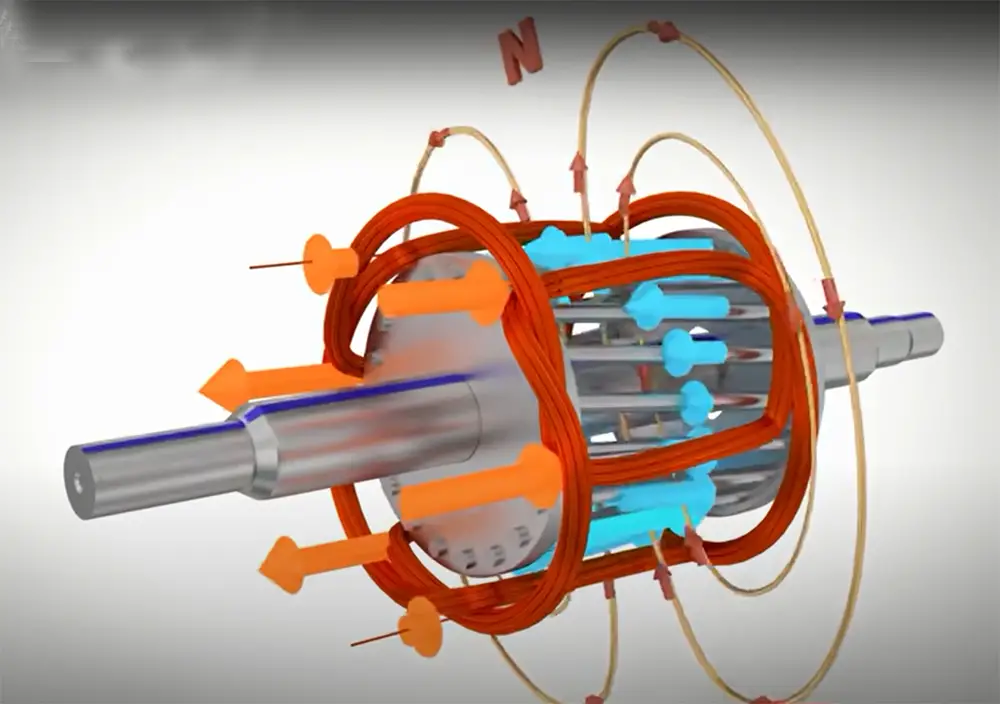
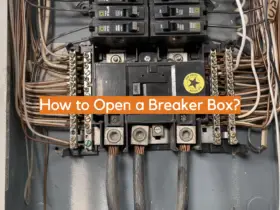
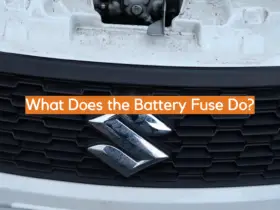

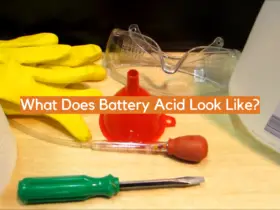
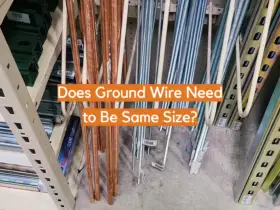
Leave a Reply